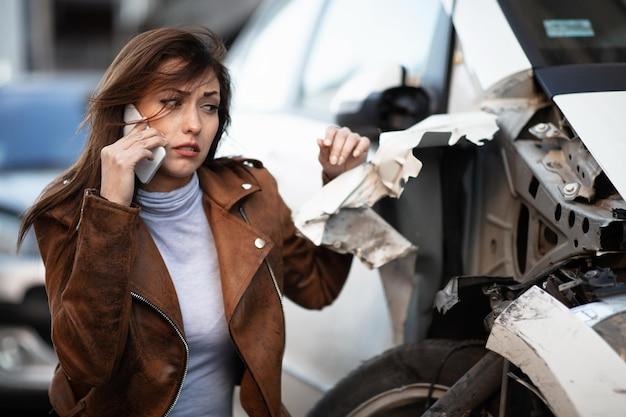Car accidents occur across the United States every day, prompting many to wonder about the legal process behind determining liability. Indeed, a Tucson auto accident attorney can adeptly handle the complexities of your case, but having a personal understanding of the process can also be beneficial. This article is designed to shed light on this subject, giving you insights into how liability in a car accident is determined by law. Let’s delve into the details. If you need professional assistance navigating the complexities of an auto accident claim, you can get help here.
When it comes to determining the fault in a car accident there are several factors that are involved in the decision. Four basic types of fault are recognized by the common law, they are mentioned below.
Negligence
Negligence is found to be the common cause of many automobile accidents. In very simple terms, it would mean that the driver’s carelessness resulted in causing the damages. To be a responsible driver, you should follow rules of traffic, failing to follow these rules results in accidents that stem out of your negligence.
Recklessness
When a person takes the driving seat, they are supposed to be careful and aware of the fact they are responsible for the safety and welfare of the people on the road. Recklessness is when a person fails to regard this duty and gets into an accident as a result of that. It is also known as wanton conduct.
Intentional
As it is clear from the name, intentional liability for a car accident means that the person did an accident on purpose. This does not only mean that the person should have an intention of hurting the other person, even if they did not intend to hurt the person, say, for example, if they were just trying to pull a prank, but their liability will also be considered under intentional liability. So in very simple terms, a person will be held liable for an accident if they did it on purpose.
Strict liability
Strict liability is something that is imposed even when there is no fault like negligence or intent found. Examples of such liabilities will be accidents that involve some defective products or hazardous activities like transporting explosive chemicals.
These are the types of liabilities that are involved in an automobile accident.




